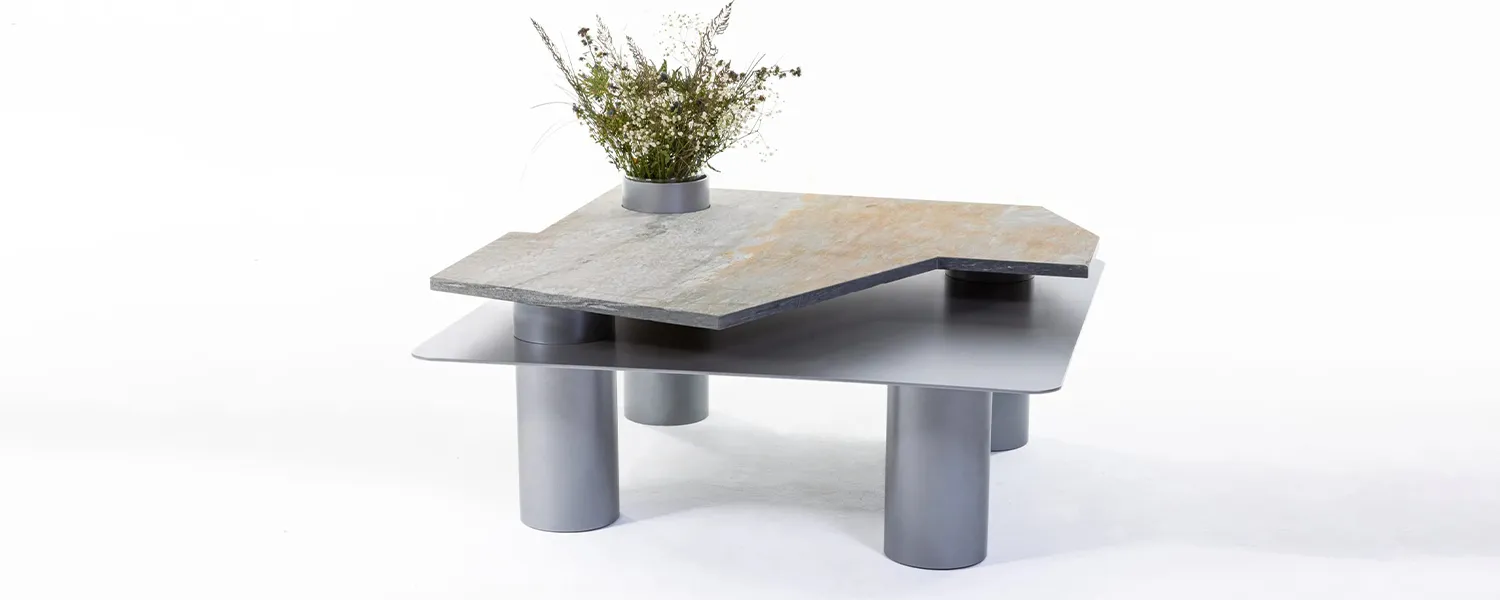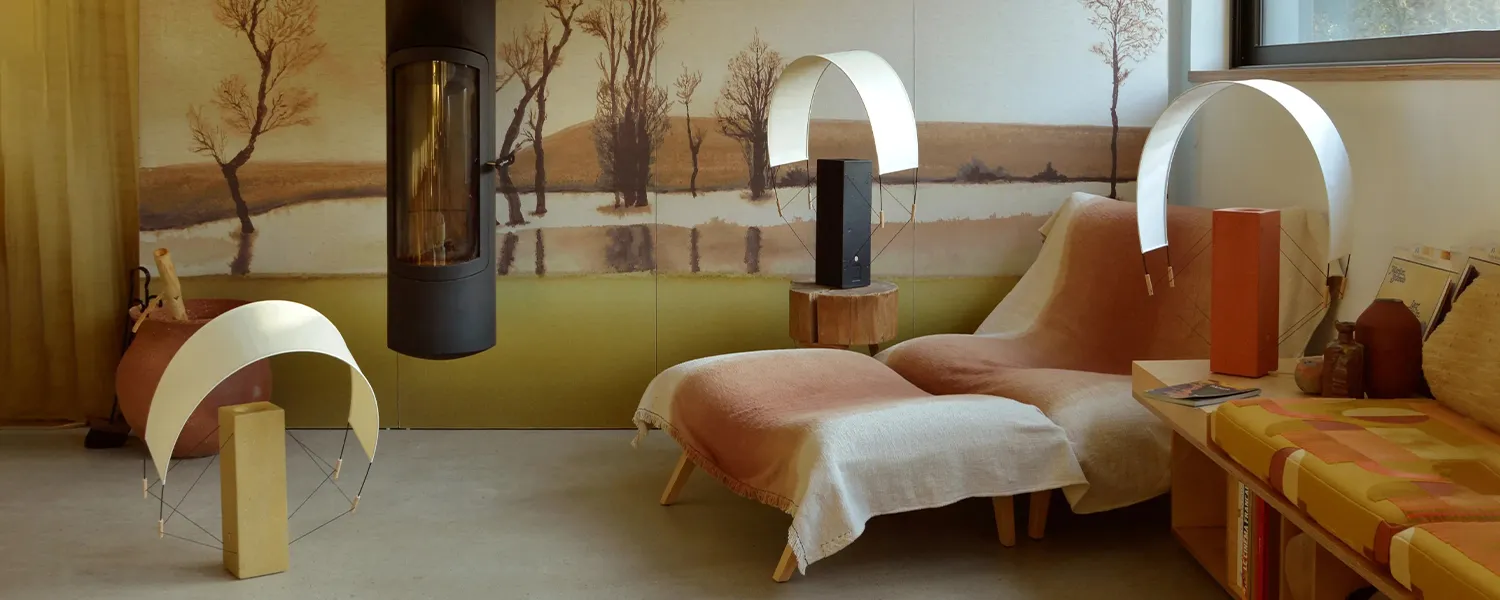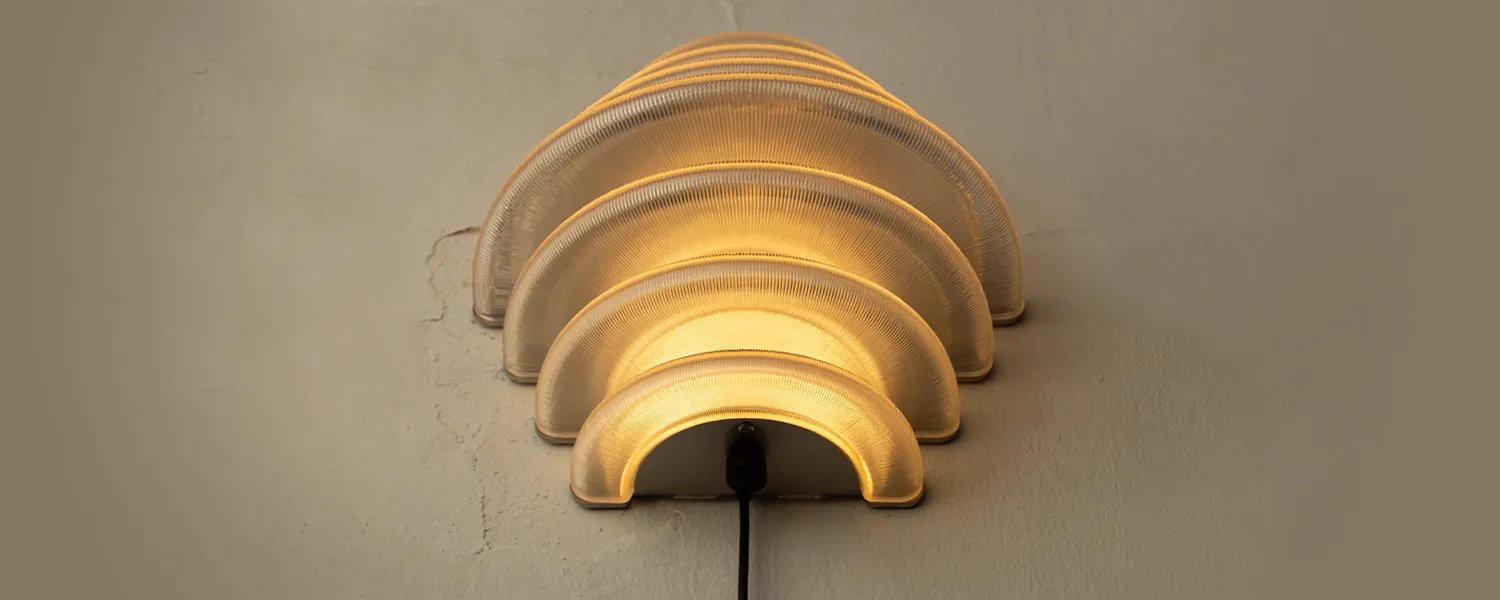
The Crafted Aesthetic: Why Artisanal Design Speaks to a New Generation
In recent years, a curious trend has emerged in the world of design and consumerism. Handmade ceramics, small-batch furniture, and bespoke textiles are no longer niche interests but sought-after commodities. This surge in crafted design reflects a significant shift in consumer values, particularly among younger generations, most notably Gen Z.
According to a McKinsey & Co. study, “The core of Gen Z is the idea of manifesting individual identity. Consumption therefore becomes a means of self-expression.” This desire for individuality and self-expression through consumption is driving the artisanal design movement, reshaping how products are created, marketed, and consumed. But what drives this renewed appreciation for the handmade in our digital age? This article delves into the artisanal design movement, exploring its appeal, implications, and what it reveals about our changing relationship with the objects that surround us, particularly for younger consumers.






The Appeal of the Imperfect
At the heart of artisanal design lies a paradox: imperfection as a mark of quality. Unlike mass-produced items, handcrafted pieces bear the subtle marks of their creation – a slightly uneven glaze, air bubbles left in glass vases, or the irregular weave of a textile. These ‘imperfections’ are increasingly valued as signs of authenticity and craftsmanship.
This appreciation for the imperfect challenges our conventional notions of quality. It suggests a growing fatigue with the flawless but often characterless nature of mass-produced goods. In a world of identical products, the uniqueness of artisanal design offers a refreshing alternative, particularly appealing to Gen Z’s quest for individuality.








The Sustainability Factor of Crafted Design
Sustainability is a key driver of the artisanal design movement. As awareness of environmental issues grows, consumers, especially younger generations, are becoming more conscious of the ecological impact of their purchases. Artisanal products, often made in small batches with locally sourced materials, present a more sustainable alternative to mass-produced goods. Many artisanal designers prioritize eco-friendly practices, from using recycled materials to minimizing waste in their production processes. This approach not only reduces environmental impact but also adds value to the products in the eyes of environmentally conscious consumers.
Moreover, the durability and timeless design of many artisanal pieces encourage a ‘buy less, buy better’ mentality. This shift away from disposable consumerism towards investing in long-lasting, quality items represents a significant change in consumer behavior, particularly among younger buyers who are willing to pay a premium for products that align with their values.










Personal Connection Through Craft
In our increasingly digital world, artisanal design offers a tangible connection to the physical realm. Each handcrafted item carries with it the story of its creation and the skill of its maker. This narrative aspect of artisanal goods provides a depth of meaning often lacking in mass-produced alternatives. Many younger consumers are drawn to the idea of owning something unique, something that reflects their personality and values. As McKinsey & Co. notes from the same study, “Led by Gen Z and millennials, consumers across generations are not only eager for more personalized products but also willing to pay a premium for products that highlight their individuality.”








The Rejection of Mass Production
The rise of artisanal design can be seen as a reaction against the homogeneity of mass production. While mass-produced goods offer convenience and affordability, they often lack the character and quality that many consumers, particularly younger ones, now seek. This shift doesn’t necessarily mean a wholesale rejection of modern manufacturing. Instead, it represents a more nuanced approach to consumption, where consumers are willing to invest more in certain items that they feel have intrinsic value beyond their basic function.
Notably, larger manufacturers are recognizing this trend, integrating ‘artisanal’ touches into their production processes or partnering with independent makers. Many now adopt a dual model: one focused on mass production, the other on offering customized products tailored to niche markets or their most loyal customers. IKEA, for example in 2021 launched collections like IKEA Art Event and the INDUSTRIELL line, which integrated handmade or artisanal touches.








The Future is… Hand Crafted?
Looking towards the future, it is clear artisanal design is more than just a passing trend. It represents a fundamental shift in how we value and interact with material goods, driven in large part by the preferences of younger generations. The artisanal movement also poses interesting questions about the role of technology in design. Rather than rejecting technological advancements, many artisans are finding ways to incorporate modern techniques into traditional crafts, creating innovative hybrids that bridge the gap between old and new. This fusion of traditional craftsmanship with modern technology may be key to meeting the diverse demands of consumers across generations.
As consumers become increasingly discerning and values-driven in their purchases, the demand for products that tell a story, that connect us to their makers and to sustainable practices, is likely to grow. The challenge for designers and manufacturers will be to meet this demand while balancing issues of scalability and accessibility. McKinsey & Co. predicts that to meet these changing consumer preferences, “not only marketing but also the supply chain and manufacturing processes would require more agility and flexibility.” This suggests a future where the line between mass production and artisanal design may become increasingly blurred, with companies striving to offer personalization and uniqueness at scale.
The rise of artisanal design reflects broader changes in our society – a desire for authenticity, a concern for sustainability, and a quest for meaning in our material world. Driven by younger generations’ emphasis on individual expression through consumption, this trend is reshaping not just what we buy, but how those products are made and marketed. As we navigate an increasingly digital future, the handmade may well play a crucial role in keeping us connected to the physical world, to each other, and to our individual identities.
-

 Forester – Handblown Glassware€158 – €240
Forester – Handblown Glassware€158 – €240 -

 Coy Table Lamp€688 – €838 incl. tax
Coy Table Lamp€688 – €838 incl. tax -

 Lago Marble Vase€1.038 incl. tax
Lago Marble Vase€1.038 incl. tax -

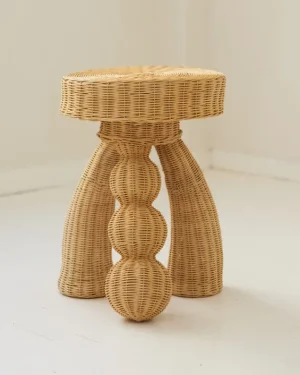 Pupa – Woven Natural Fiber Side Table€889 incl. tax
Pupa – Woven Natural Fiber Side Table€889 incl. tax -

 Trn / Model A1 Ceramic Pendant Light€556 incl. tax
Trn / Model A1 Ceramic Pendant Light€556 incl. tax -
Piece on sale

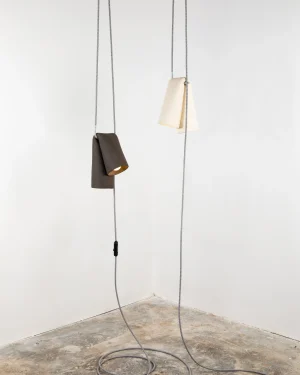 Melo Lamp – Pendant Ceramic Lamp With Fabric Braided Cable€326 incl. tax
Melo Lamp – Pendant Ceramic Lamp With Fabric Braided Cable€326 incl. tax -

 “Oro Cacao” Cups€208 incl. tax
“Oro Cacao” Cups€208 incl. tax -

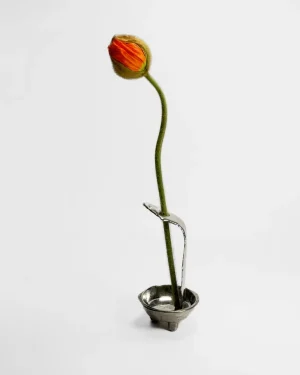 Favorite Vase€140 incl. tax
Favorite Vase€140 incl. tax -

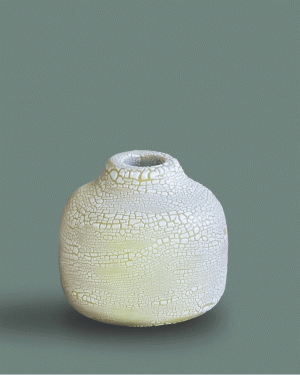 Single Medium-sized Viie Vases 2.0€62 – €76 incl. tax
Single Medium-sized Viie Vases 2.0€62 – €76 incl. tax -

 The Hook – Steel Wall Hook€88 incl. tax
The Hook – Steel Wall Hook€88 incl. tax -

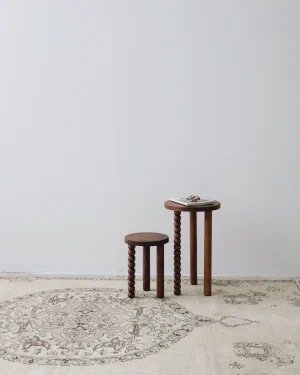 Piloti Side Table€475 – €525 incl. tax
Piloti Side Table€475 – €525 incl. tax -

 “Vaiven” Containers€96 – €146 incl. tax
“Vaiven” Containers€96 – €146 incl. tax -

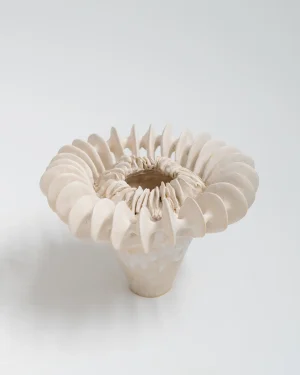 Daisy – Handcrafted Ceramic Vase€938
Daisy – Handcrafted Ceramic Vase€938 -

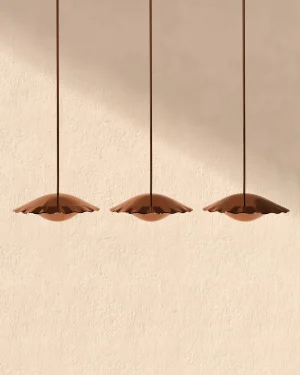 Clam – Copper Pendant€1.956 incl. tax
Clam – Copper Pendant€1.956 incl. tax -

 Flow, Water Bottle And Glass Set€175 incl. tax
Flow, Water Bottle And Glass Set€175 incl. tax -

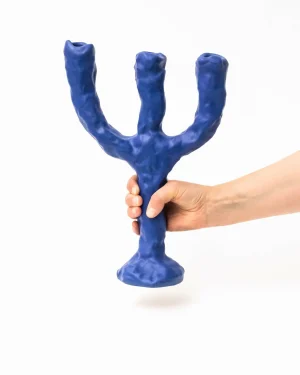 Minute – Candle Holder€400 incl. tax
Minute – Candle Holder€400 incl. tax

